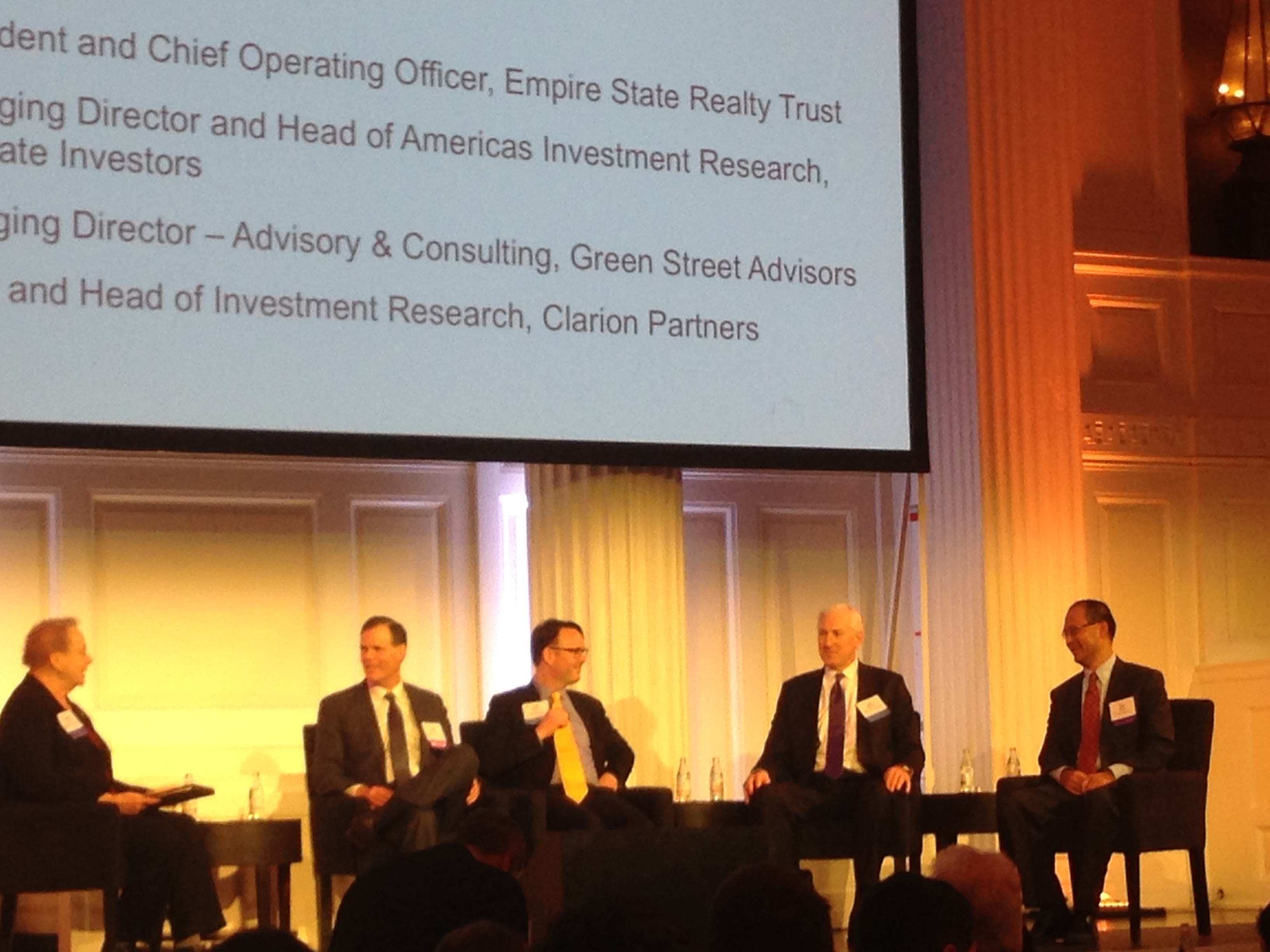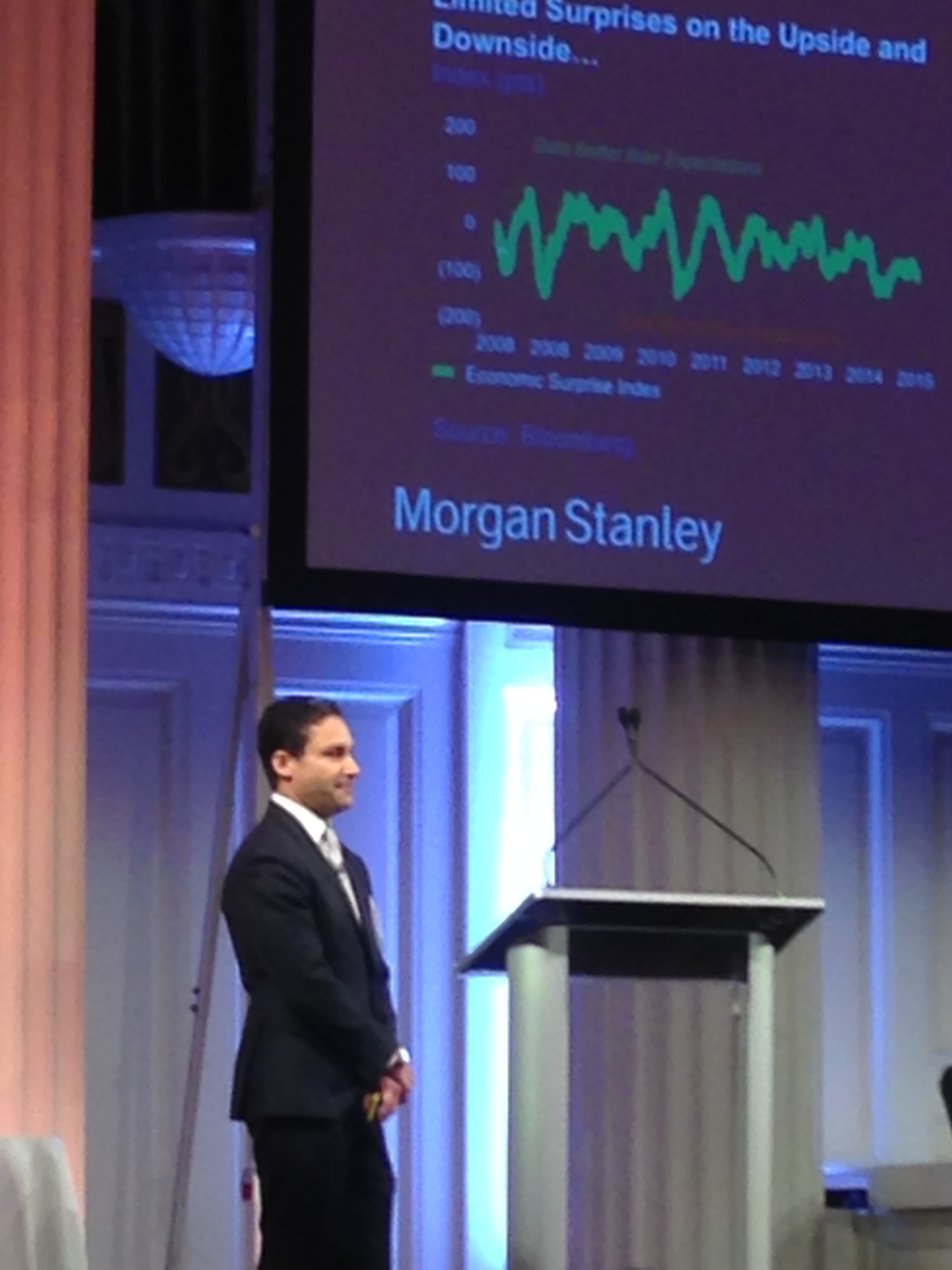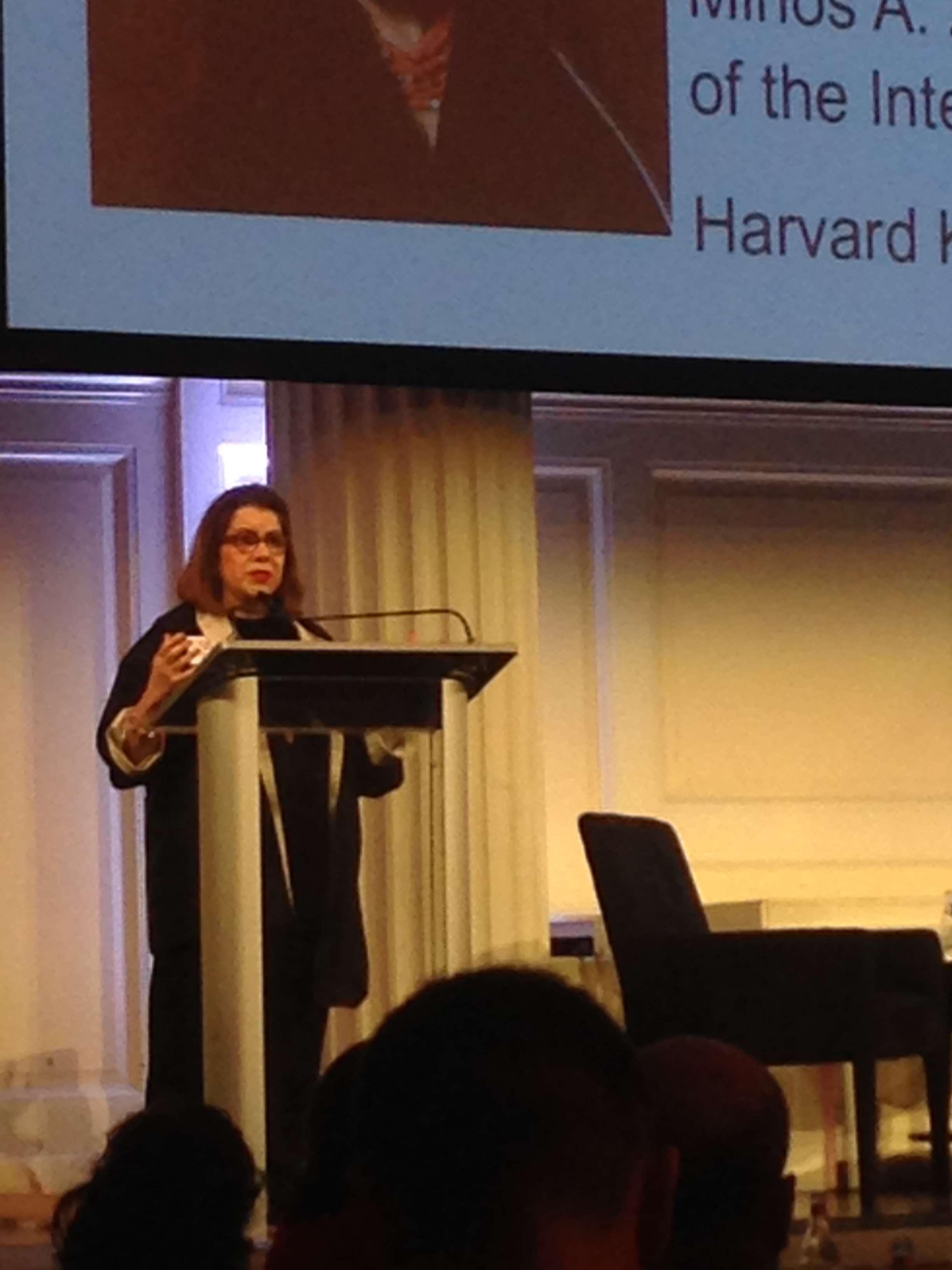Goodwin Procter: Has the Ninth Inning Arrived?
Is the cycle over for the capital markets? Experts on investment and advisory services evaluated that question and more at Goodwin Procter’s Real Estate Capital Markets Conference last week.
By Suzann D. Silverman, Editorial Director, Integrated Content
New York City—Is the cycle over for the capital markets? That was the popular opinion at Goodwin Procter’s Real Estate Capital Markets Conference last week. Experts on investment and advisory services pointed to ever-increasing pricing and an outlook for a consequent reduced return on investment, along with a decreasing influx of foreign capital and potential for a slowdown in CMBS volume this year. The words “recession” and “deflation” even came up.
The good news is, the market is starting from a high point, according to statistics outlined by opening speaker Seth Weintrob, managing director & global head of the real estate investment banking group for Morgan Stanley. He pointed to a very healthy $460 billion in transaction activity last year, an amount topped only by the last pre-recession peak in 2007. And last year every major asset class traded at a higher valuation than in 2007, he noted, with returns “quite good” at 3.1 percent, up from the 2.2 percent average during 2000-2015. CMBS has also been solid, with issuance in the range of $100 billion in each of the past three years (although some reports have last year’s total falling short of predictions).

Leanne Lachman, Columbia Business School; John Kessler, Empire State Realty Trust; Lee Menifee, Prudential Real Estate Investors; Jim Sullivan, Green Street Advisors; Tim Wang, Clarion Partners
Furthermore, while Jim Sullivan, managing director of advisory and consulting for Green Street Advisors, rated the real estate capital markets as being in the ninth inning, even this well-known naysayer pointed out that real estate fundamentals are still only in the sixth, with room to improve.
That’s creating something of a “tug of war” between the bottom line and cap rates and valuations, noted Richard Saltzman, president, CEO & director of Colony Capital Inc. and a panel moderator. But for owners, healthy fundamentals with room for further improvement represents good news. After all, with much of the volatility influencing the real estate market coming from outside the industry—including interest rates, global financial and credit market performance, China’s economic difficulties and the softening oil sector—owners can do little other than to focus on the performance of their properties, and representatives of companies ranging from New York City-based Empire State Realty Trust to Prudential Real Estate Investors and Clarion Partners said they are doing just that. In Sullivan’s words: “Manage your assets and let the market do what it’s going to do.”
Of course, a broad-brush stroke never really defines the commercial real estate market. “We’re starting to see some cracks,” Sullivan affirmed. In addition to hotels and malls, he listed an impact on existing student and senior housing as a large quantity of new supply comes online. Meanwhile, Weintrob noted, self storage REITs are trading at a 30 percent premium, a reflection of that sector’s performance.

Richard Saltzman, Colony Capital Inc.; Jacqueline Brady, CenterSquare Investment Management; Sonny Kalsi, GreenOak Real Estate; Kevin O’Shea, AvalonBay Communities Inc.; Susan Swanezy, Hodes Weill & Associates
Foreign capital continues to look to the U.S. as a prime target, and the new exemptions to the Foreign Investments in U.S. Real Property Tax Act of 1980, or FIRPTA, are only a small reason. Goodwin Procter partner H. Neal Sandford noted that the changes, made late last year, provided relatively limited additional foreign access to U.S. real estate. Yet investors, affirmed Sonny Kalsi, founder & partner with GreenOak Real Estate, are not parking their money in the U.S because of cheap capital (which is becoming less cheap as the dollar strengthens) but in search of stability and separation from homefront risks.
And some foreign capital is pulling back, most notably funds from the Middle East and China, as they refocus spending domestically. Susan Swanezy, CFO & partner with Hodes Weill & Associates, noted that those with an established program will continue to allocate capital to U.S. real estate, but she does not expect to see new allocations.
U.S. funds, too, are beginning to limit their real estate exposure as the “denominator effect” reasserts itself. With funds now well represented in real estate and returns better in other asset areas, “capital … will go to the place it can get the best risk-adjusted return, and it doesn’t have to be in real estate,” Sullivan affirmed, while Lee Menifee, managing director & head of Americas investment research for Prudential Real Estate Investors, declared, “The disconnect between what the bond and real estate markets are doing can’t persist.”
REITs continue to attract foreign capital, helped by the changes to FIRPTA, as well as capital from other sources, and Weintrob noted that issuance is “much, much higher” than it had been. IPOs are at a record low, but he expects the M&A “mega-deals” of last year to continue due to increased investor activism (to correct poor performance, weak governance), efforts at transformation (economies of scale, lower cost of capital, succession planning, etc.) and a return of the “take privates.” While deal size has grown exponentially, he observed that last year saw fewer than half the number that took place in 2007.
On the debt side, CMBS issuance is expected to decrease this year, even as the huge volume of loans from the 2005-7 period continue to mature. “We’re going to need to find some sources of capital to fill in the hole there,” Weintrob warned. “It’s important to watch that wall of maturities.” He sees a need for more non-bank lending to fill the gap.
How much the real estate market will shift remains to be seen. Green Street Advisors has predicted a 3 to 5 percent drop in property valuation by the end of the year, with Sullivan giving that a 70 percent chance of happening. Kalsi believes the decrease could be as much as 10 or even 20 percent. And keynote speaker Dr. Carmen Reinhart, Minos A. Zombanakis Professor of the International Financial System at Harvard Kennedy School, noting that the U.S. market is close to deflation, predicted “a very sluggish normalization” as the lower oil and commodity prices and strength in the dollar act as restraints on the Federal Reserve’s efforts.
“Proceed with caution, and look for strategies with durable cash flows,” Swanezy advised.
The annual conference is co-produced by Goodwin Procter and the Columbia Business School.









You must be logged in to post a comment.